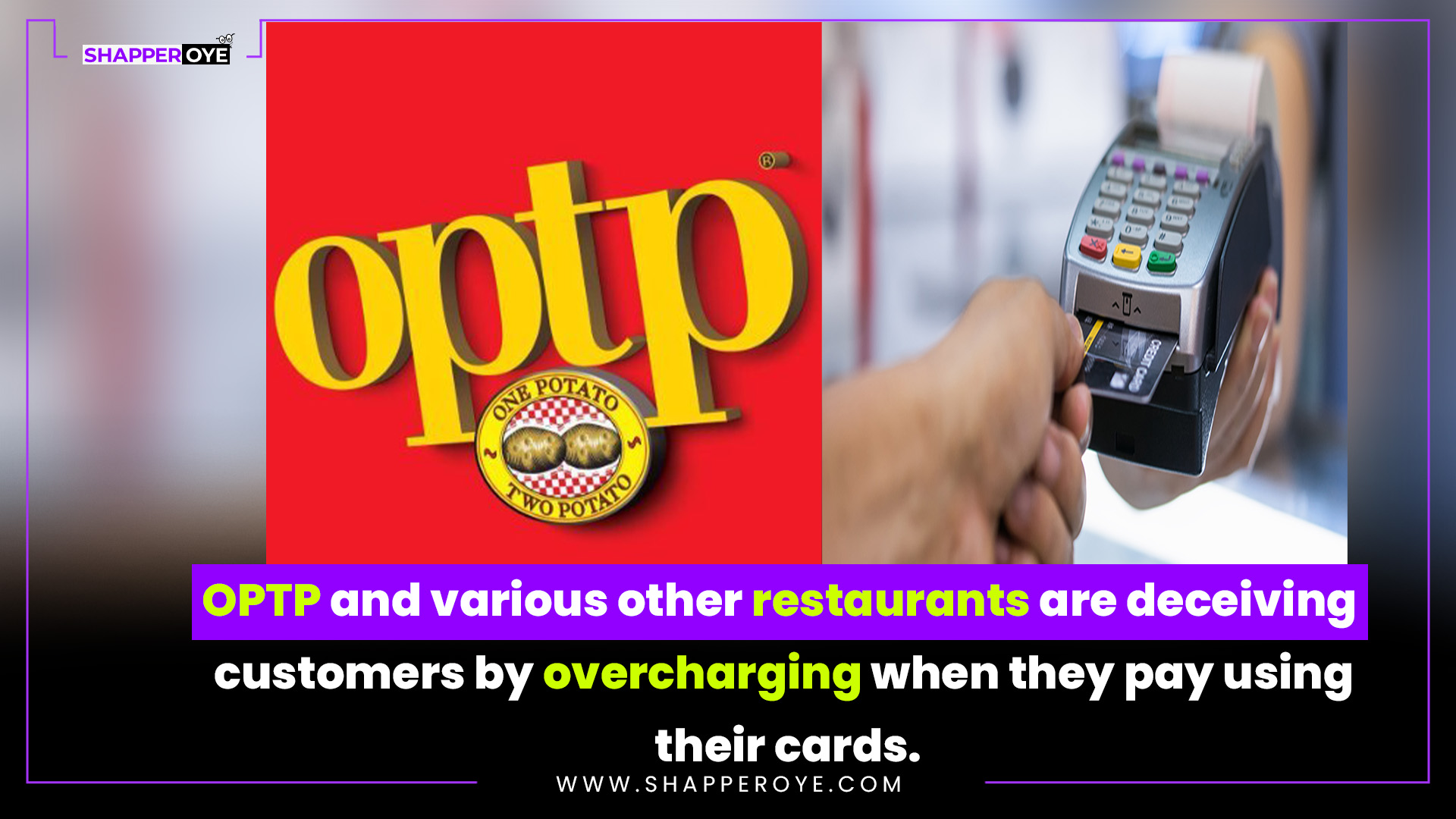Customers across multiple food chains, both global and local, are charged equally regardless of their payment method—be it digital, like credit/debit cards, or cash.
According to a survey by ProPakistani, OPTP and various other restaurants are deceiving customers by overcharging when they pay using their cards, it is surprising that electronic bill from certain food chain outlets, whether through a 5 percent sales tax on cards or a 16 percent sales tax on cash payments, show identical amounts.
Read more about:State Bank to Introduce New Designs for All Currency Notes
When customers choose to pay in cash, a sales tax rate of 16 percent is applied, whereas if they opt for digital card payment, a 5 percent sales tax is imposed.
This approach involves keeping a consistent minimum price while modifying the base prices for cash and credit card transactions.
The deceptive method aims to collect the same total amounts from customers, irrespective of whether they are subjected to a lower or higher sales tax rate. Prices are inflated artificially to guarantee that customers using digital payment indirectly face the elevated 16 percent sales tax rate. In the instance of OPTP, a comparison was made between receipts for identical product sets from the identical restaurant.
There are two receipts: one for cash payment, anticipating a 16% sales tax, and the other for a digital payment order, assuming a 5% tax rate. In cases of card payments, the restaurant increases the price by the variance in tax rates instead of passing along the expected savings to the customer.
Although an OPTP staff member asserted to ProPakistani that all base prices remain constant and receipts are generated impartially, a comparison of identical bills (cash versus card) implies otherwise. Both receipts detail the same assortment of items and were printed just minutes apart, as confirmed by the timestamps.
There is a receipt for a cash transaction, applying a 16 percent sales tax, and another for a digitally paid order (via card) with a 5 percent tax rate. Notably, the receipt on the left indicates the restaurant’s failure to report card transactions to the Federal Board of Revenue (FBR).
This indicates that when customers choose card payments, the restaurant is adjusting prices by the variance in tax rates instead of transferring the expected savings to the consumers.
It seems evident that the initial intention behind the lowered sales tax on digital payments was to offer a tax incentive and encourage a cashless economy. However, rather than benefiting consumers, some restaurants are taking advantage of this situation to increase their profits.
The regulatory authorities, especially the FBR, need to swiftly tackle establishments that uphold consistent prices for food items irrespective of the payment mode, taking decisive steps to correct this practice.
You might also liked:
1.OnePlus Buds 3 with ANC and Hi-Res audio launched in China
2.Pink Bus in Karachi: Route, Timings & More!
4.Prince Harry to visit UK: King Charles III’s cancer diagnosis
For further updates, keep connected with https://shapperoye.com/.







